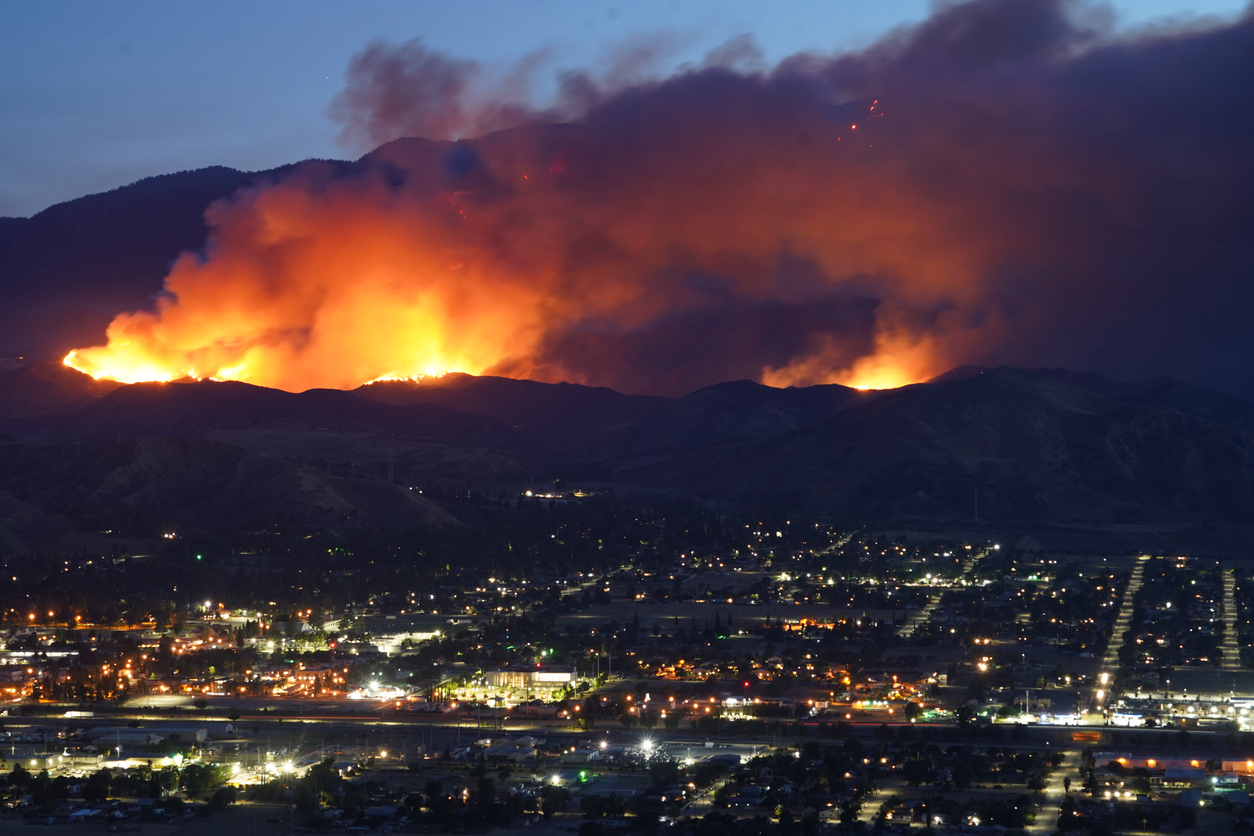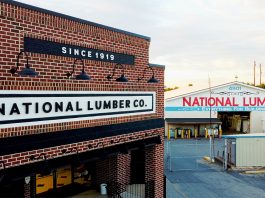
In recent years, Colorado has experienced multiple devastating wildfires in what has been termed the Wildland-Urban Interface or WUI. WUI is defined as areas where structures and other human development meet or intermingle with undeveloped wildlands or vegetative fuels. Population growth and expansion of urban development into traditionally non-urban areas have increasingly brought people into contact with wildfires. WUI is the fastest-growing land use type in the contiguous U.S.
, which includes a wide array of wood products, has released an education flyer to help inform customers and the public.
CWRC ADOPTION
In May 2023, Colorado introduced Senate Bill 23-166, leading to the formation of a Wildfire Resiliency Code Board under the Division of Fire Prevention and Control. The goal of this Board is to improve safety and resilience against wildfires across communities in Colorado by promoting the adoption of relevant codes and standards. The initiative stemmed from a joint effort between the Colorado State Legislature and firefighting professionals. On July 1, 2025, the 2025 Colorado Wildfire Resiliency Code (CWRC) was adopted.
The CWRC, as written, currently bans the use of natural wood products for exterior uses such as siding and decking. Long standing options for builders and homeowners such as Redwood, which carries a natural Class B flame spread rating, and Cedar, would not be allowed. This and other provisions of the CWRC will likely lead to higher housing costs and exacerbate housing shortages.
Additionally, there are concerns that the Wildfire Resiliency Code Board failed to adequately incorporate stakeholder comments throughout the CWRC development process. One critical stakeholder is the wood products industry represented by the American Wood Council (AWC). Having had previous success in California, AWCās team of technical experts engaged the Wildfire Resiliency Code Board via public comment to recommend these effective provisions.
In 2008, California adopted California Building Code Chapter 7A, Materials and Construction Methods for Exterior Wildfire Exposure. Under this code, Redwood siding and decking are approved for use in Californiaās WUI fire hazard severity zones. Now approaching two decades in effect, this code has proven itself by reducing wildfire losses of new construction in California. In fact, the Chapter 7A provisions have proven so effective that they have been incorporated into Californiaās new 2025 California Wildland-Urban Interface Code (CWUIC).
As of this date, the Colorado Wildfire Resiliency Code Board has not responded to letters of recommendation from the wood products industry to incorporate Californiaās successful WUI provisions. Despite AWCās recommendations to utilize these proven methods, the Board proceeded with finalization of the CWRC without integration. As such the future for the use of natural wood decking and siding such as Redwood and Cedar remains in limbo.
GET INVOLVED
As stakeholders in this industry, and as builders, designers and homeowners, you are encouraged to be heard and maintain your building options and reduce housing costs in Colorado. You can get involved by contacting your local state Senator and Representative in the Colorado State Legislature, and your local building department officials.
See the flyer from Mendocino below:



